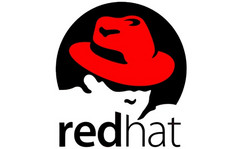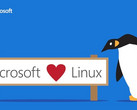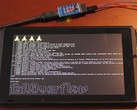Red Hat, the open-source software powerhouse, was founded 25 years ago this month. In 1993, Bob Young and Marc Ewing founded Red Hat in a small room in Young’s house, with the goal of making a stable and customizable Linux distribution that offered an alternative to Solaris. It wasn’t until mid-1995 (22 years ago) that they started shipping their stable distribution of Linux, Red Hat Linux (Beta availability began in 1994).
Red Hat Linux continued until 2003 when the decision was made to stop offering a consumer-focused operating system, instead focusing on businesses with Red Hat Enterprise Linux (RHEL). Red Hat Linux and the community-run Fedora merged, and from this point forwards Fedora would fill the consumer segment and act as a development base to test new technologies and software before they made their way into RHEL.
The decision to drop the consumer variant was controversial, with many dedicated users feeling rejected. Today, Red Hat developers are among the community contributors to Fedora (as well as CentOS and other open-source software). Red Hat CEO, Jim Whitehurst, said in an interview with ZDNet that he was glad they took this direction “The real contribution we've made, besides open-source software, has been the enterprise business model. It's obvious now, but it wasn't obvious at the time.”
This model has worked. While several of their fellow Linux service companies have since collapsed, Red Hat has continued to grow and is currently the largest company based solely on open-source software. As of 2017, revenue sat at US$2.9 Billion and global employees at 11,400.
Over the decades, Linux has grown on the back of many passionate developers donating their free time, as well as those paid by corporate companies. There is no doubt that companies such as Red Hat have played an essential role in the development of open-source software, and commercial funding certainly helps maintain consistent progress and professional polish.























